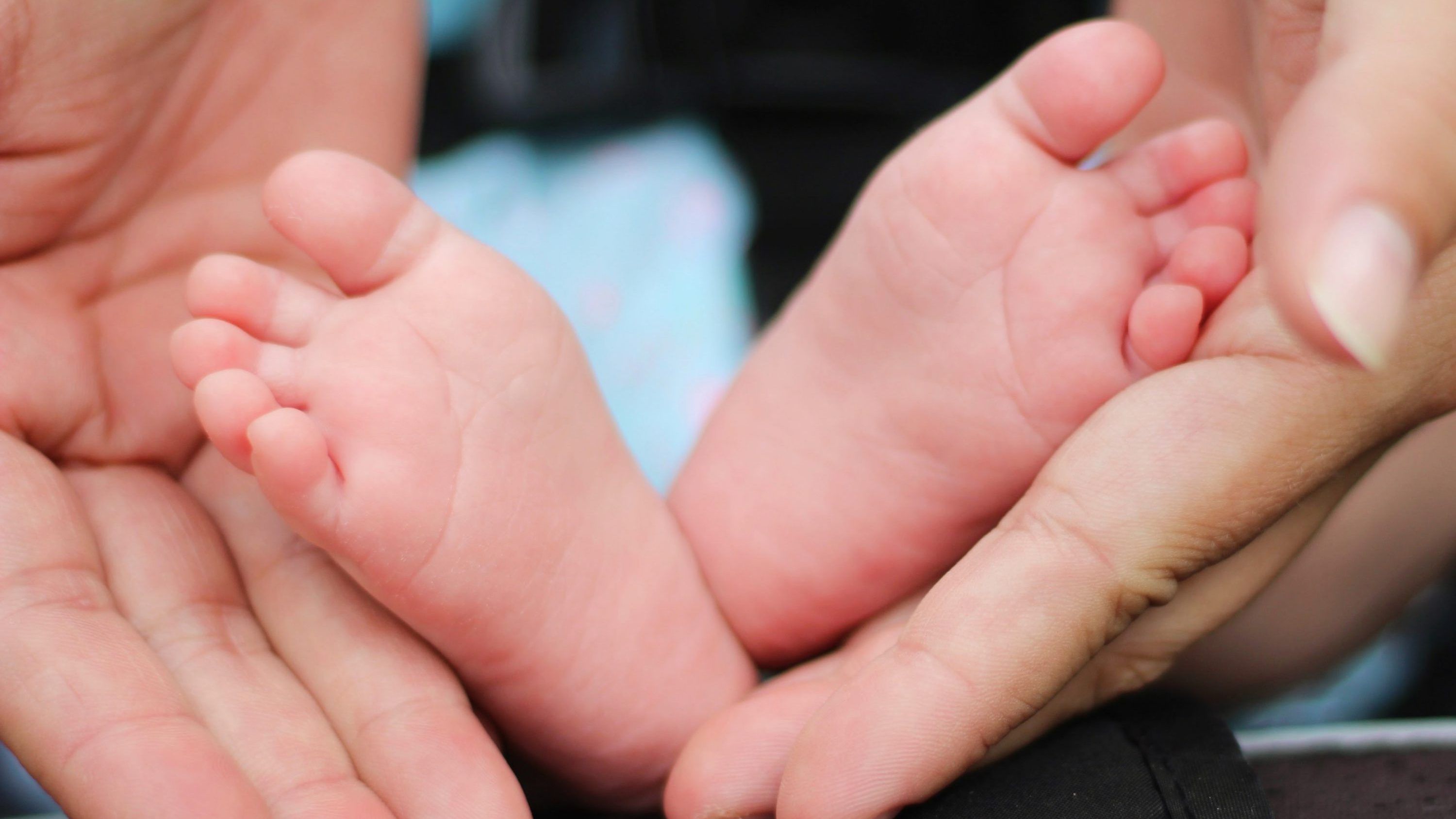Circumcision surgery is an operation that helps to remove the foreskin from the head of the penis. In this article, you will learn about five tips for quick circumcision recovery and tips that will help to facilitate the process of healing. Note that the foreskin is a protective skin that covers the penis right from the time of birth, but as the child grows, it separates. At the age of three, a child is able to pull back the foreskin.
Generally, parents opt for this surgery at the birth time of boys, but the procedure can take place at any age. Often, the surgery takes place for medical reasons, as well as aesthetic and religious reasons. Although the practice of circumcision is common in boys at a younger age, adult men also opt for the adult circumcision surgery.
In adult circumcision surgery, the surgeon pushes the foreskin from the head of the penis and trims it off. They finally sew the edges with the use of small dissolvable medical sutures. During the surgery, the Circumcision Center surgeon can use one or a number of different techniques for the surgery. After the surgery, the penis may bruise and swell for the first two days. You should know that the surgery is not generally painful and some over the counter pills can help to ease the pain.
The entire area of your penis will have a dressing, so it is necessary that you consult your doctor when it is time to remove it. Wear slightly tight underwear that is comfortable and helps to keep the penis upright. This helps the swelling to go down within a few days after the surgery. The recovery time for everyone varies, but here are five tips to help you recover fast from the procedure.
1. Take Over-the-Counter Drugs for Pain
Generally, the effects of local anesthetics last for about eight hours post procedure. You can use over the counter drugs for relief from pain, only if the surgeon prescribes some. Depending on the level of the discomfort, you can have Aspirin, Tylenol, or Ibuprofen, which are available easily in pharmacies. Consult your doctor and adhere to the instructions of the dosage located at the back of the bottle or the box.
2. Change the Dressing
Depending on how often your doctor advice, you can apply some petroleum jelly and a sterilized gauze to wrap the sutured area gently. Post surgery, it is advisable that you change the dressing every twenty-four to forty-eight hours to ensure the wound does not bleed to remain exposed to infections.
3. Keep the Area Clean
It is important that you keep the penis area as clean as possible to prevent infections. Keep the area dry for about forty-eight hours after the surgery. You can take showers or warm baths in the morning or evening and use a towel to wipe dry the area gently. Avoid using fragranced soaps as they could cause irritation the area. Following this tip helps to ensure that the penis remains dry and free from the effects of bacteria.
4. Wear Loose Fitting Underwear
After the surgery, it is advisable that you wear some loose fitting underwear or clothing until the wound heals. This is necessary during the phase when you have to re-apply petroleum jelly and apply the sterilized gauze. Wearing loosely fitted underwear allows some air to go through, increasing the chances of a quick recovery.
5. Avoid Sexual Activity for Some Days
It is important that you avoid sexual activity for about four to six weeks after the surgery. If you ignore this point, it can lead to the wound reopening again. To alleviate erections, you can turn to Amyl Nitrate during the post-procedure recovery.
6. Maintain a Healthy Diet
After the surgery, you can stick to your normal diet. However, if you experience stomach upset a few days after the surgery, you can try some low-fat foods such as plain boiled rice, toast, chicken, and yogurt. It is also advisable that you drink plenty fluids unless your doctor advises otherwise.
7. Avoid Strenuous Activity
Whenever you feel tired after the surgery, it is important that you get enough sleep. Sleep is important as it helps speed up the recovery phase. You can try to walk, and start by walking some more gradually. Avoid engaging in strenuous activity such as weight lifting, jogging, bicycle riding, or aerobic exercises for at least four weeks after the surgery. Return to normal activities and work including driving when you feel comfortable.
Along with these care tips, you should be sure to consider some follow-up care. You need to consult your doctor on a regular basis if you experience any problem. It is also important for your doctors to know what care plans you follow, medicines you take as well as how well you care for the wound.



Leave a Reply
You must be logged in to post a comment.